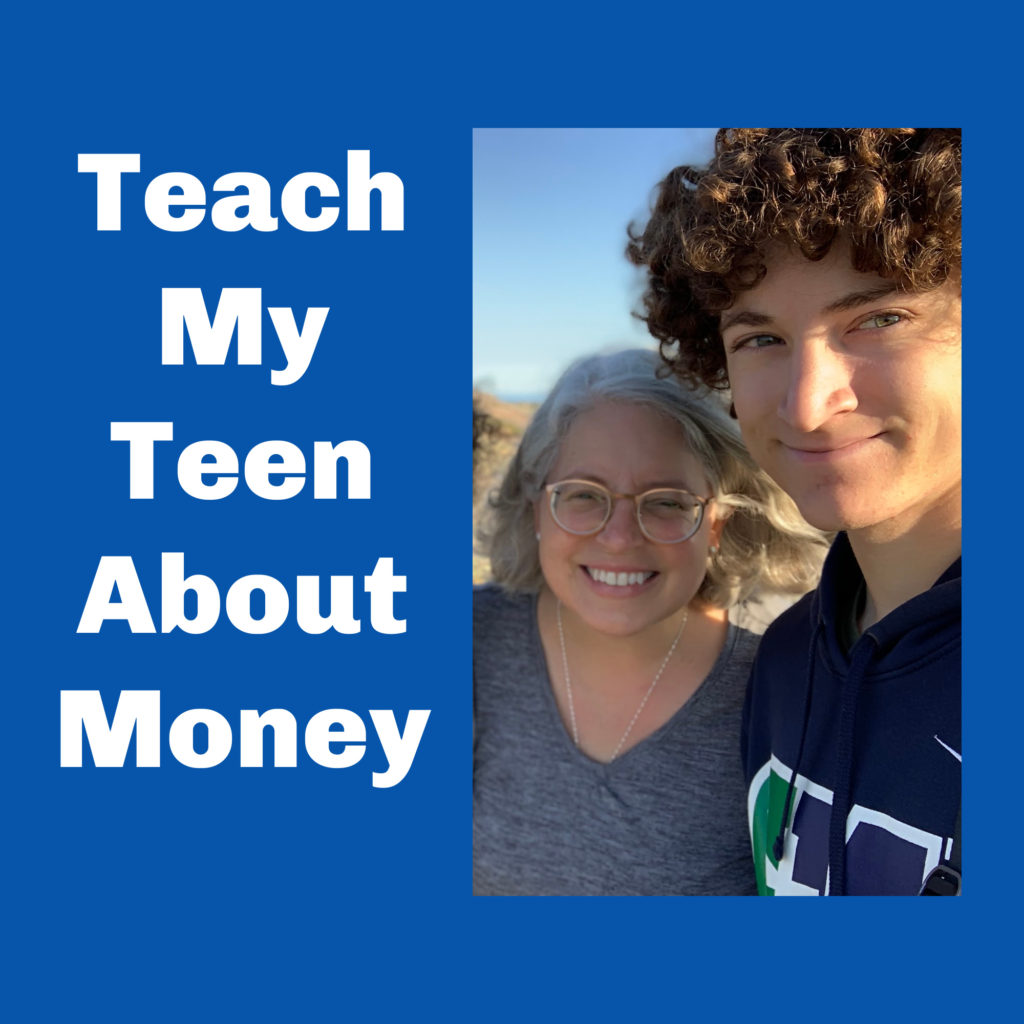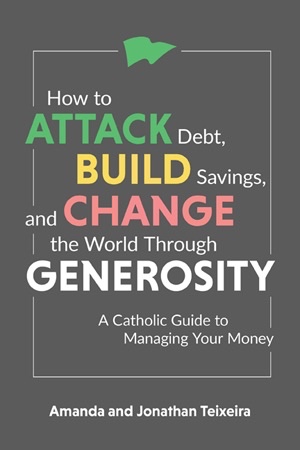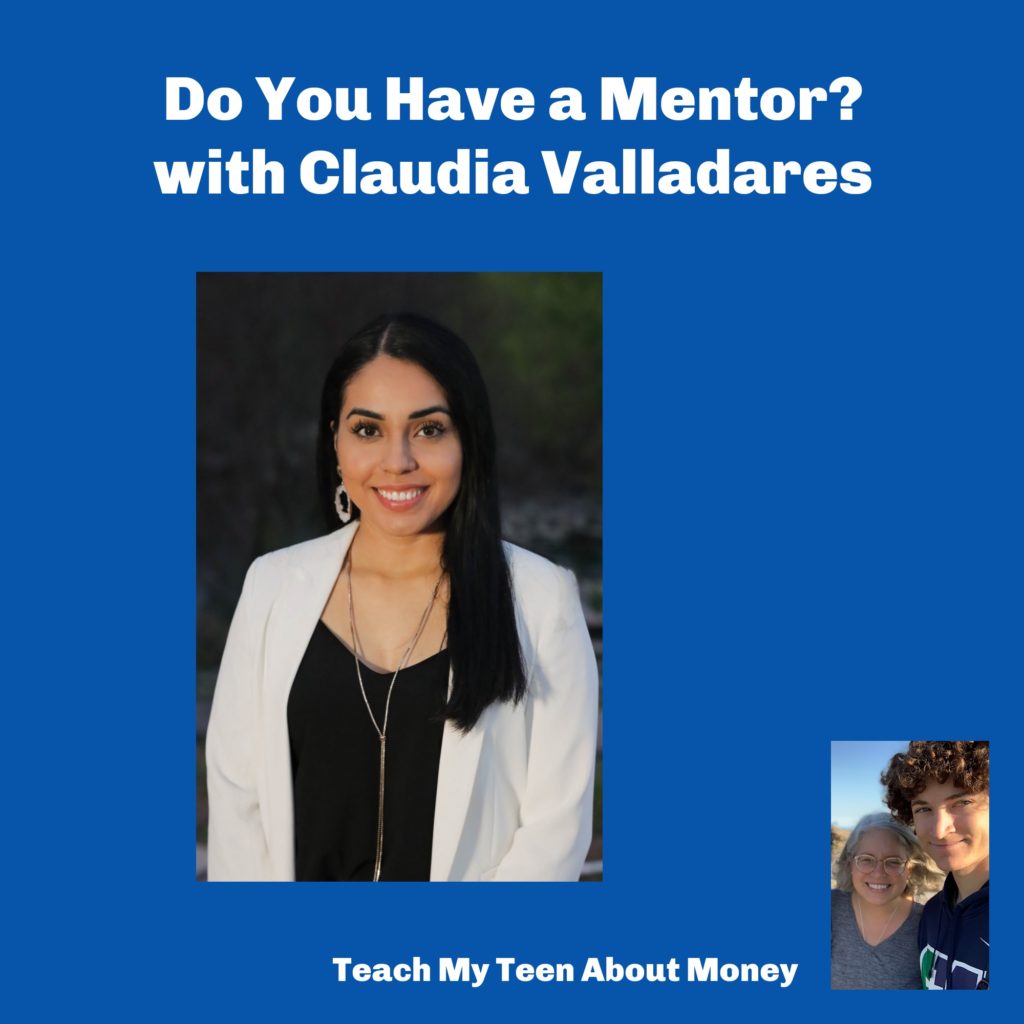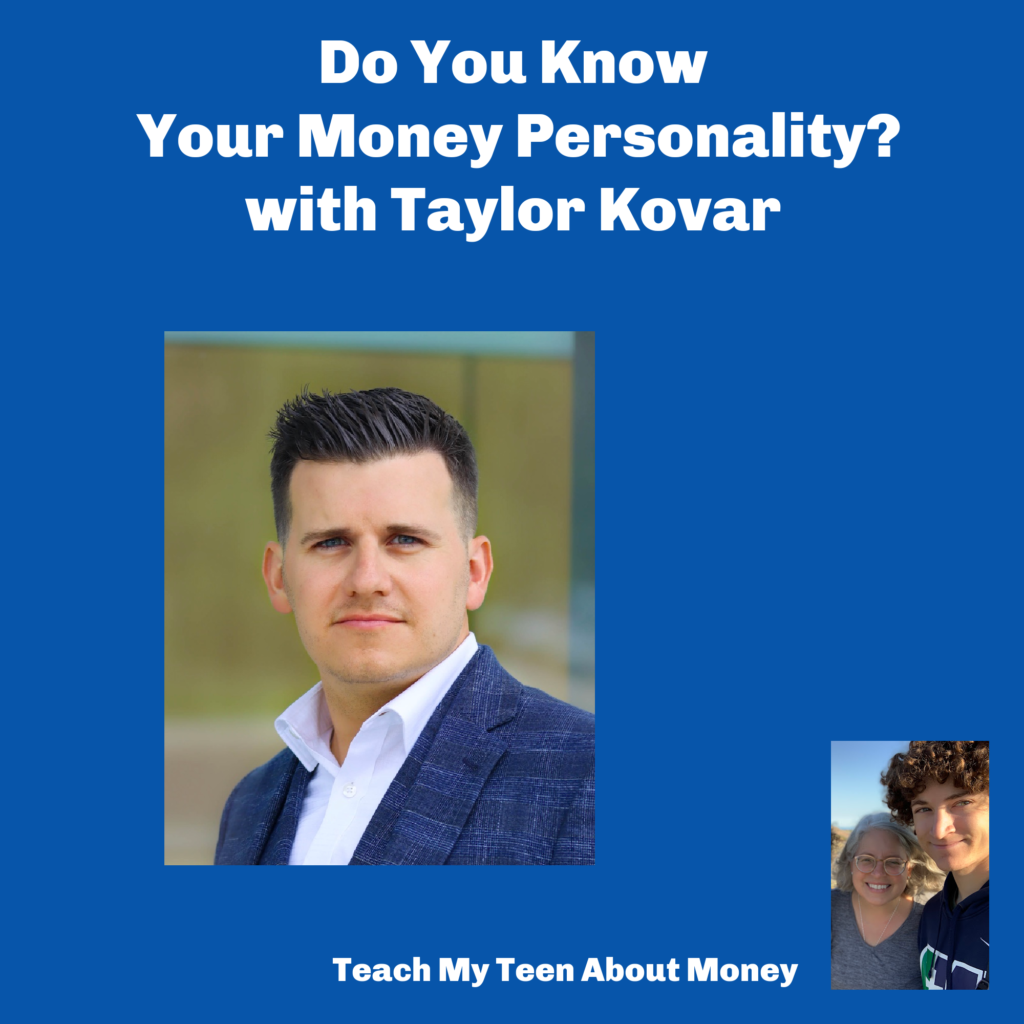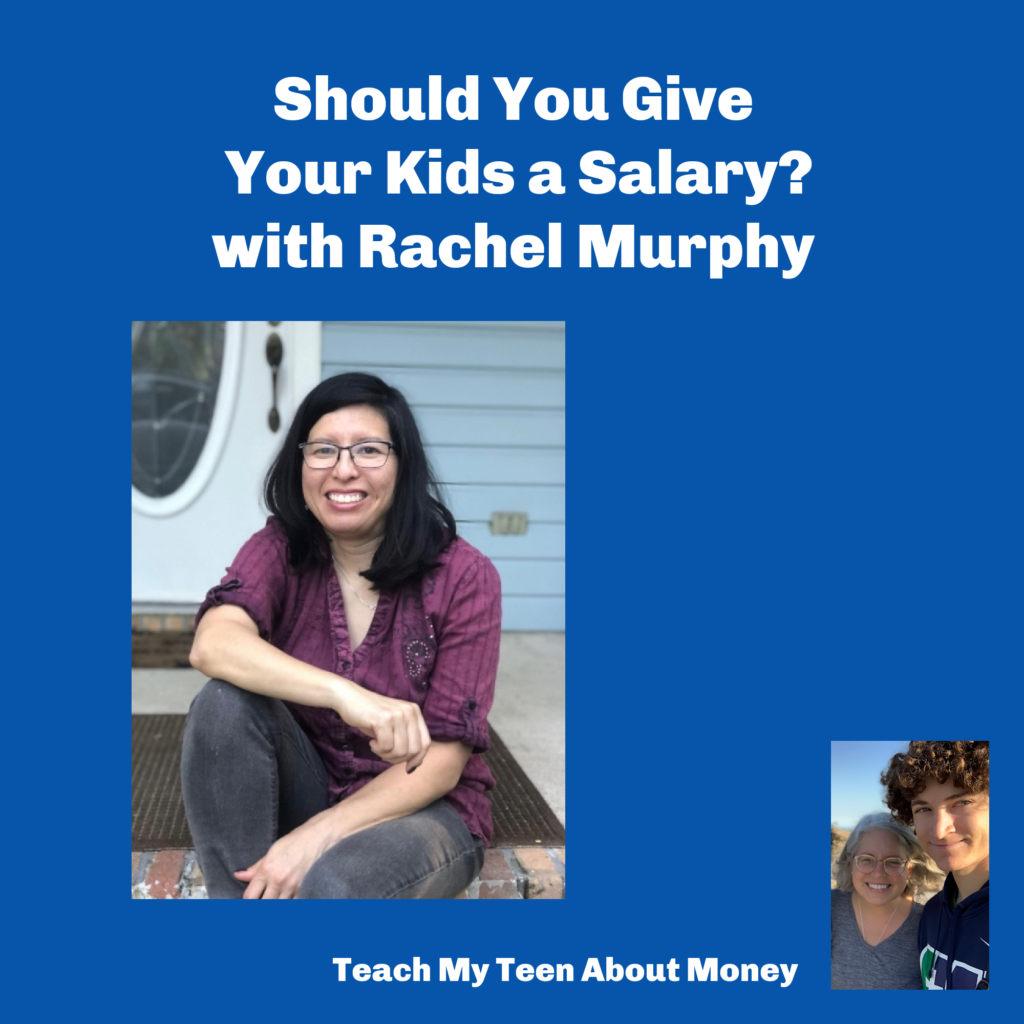Earlier this month I attended FinCon for the fourth time, and the second time in person (you can read about two of my prior experiences here and here). I hosted a low-stress icebreaker meetup there and I can highly recommend!
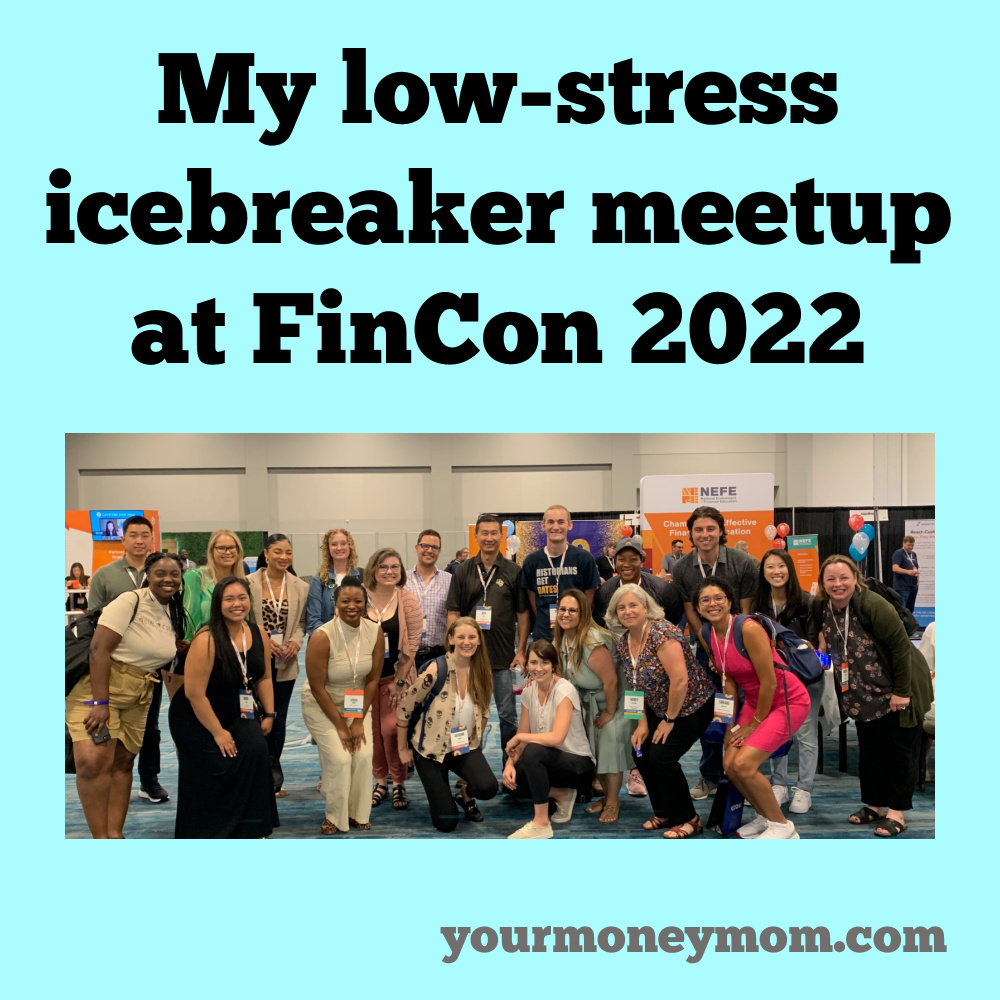
The slogan for FinCon is “Where Media & Money Meet” — and that is accurate! It is an annual gathering to “help financial influencers and brands create better content, reach their audience, and make more money.”
A Great FinCon
This year’s FinCon, held in Orlando, was excellent as usual.
I appreciated the chance to
* connect with so many fellow “money nerds”
* meet some people in person for the first time (including many of the guests on the “Teach My Teen About Money” podcast
*have some deep discussions about money, freelancing, and life
More on that later, and how I learned to make this my best FinCon yet.
The 2-Hour Cocktail Party Meets FinCon
Doing some research for a client earlier this summer, I read a new book by Nick Gray. It’s called The 2-Hour Cocktail Party: How to Build Big Relationships with Small Gatherings.


Nick founded and sold a company called Museum Hack–based on the cool concept of giving tours to people who don’t like museums. He also is great at connecting people and hosting parties, and I encourage you to visit the book website. (and read the book, of course!)
I absolutely LOVED the idea and it occurred to me that hosting a meetup at FinCon could be a great way to trial it and meet people. In fact, there’s a post about how someone hosted a conference meetup.
What a Nick Gray party looks like, and how I did it
Let me back up and explain all the ways I love Nick’s book and method.
Nick’s party method and rules has a clever acronym: NICK. Here’s what that means:
N is for nametags
Nametags makes it easier to know people. At a conference, everyone has nametags, so that worked well.
I is for icebreakers
This is to get to know people easily, and the book has much information about good (and bad!) icebreakers, how to run them, etc.
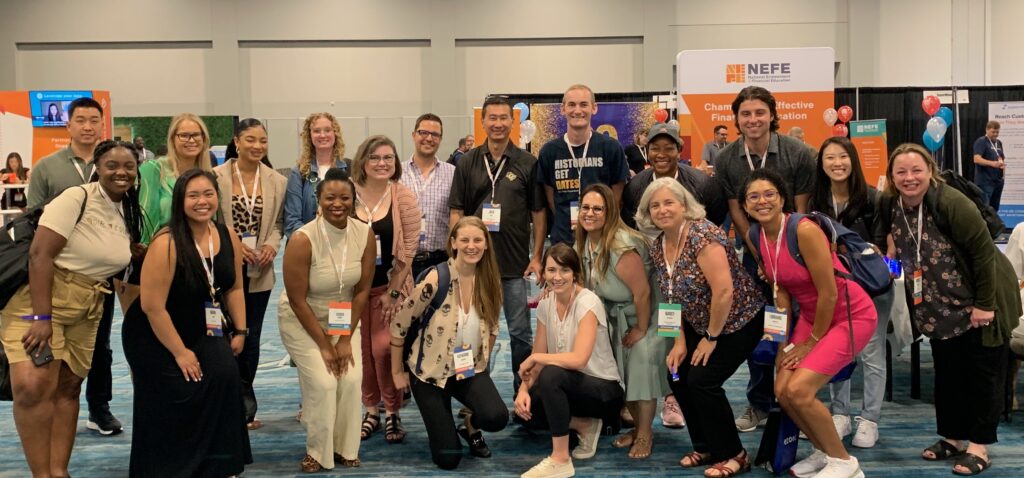
C is for cocktails.
Nick recommends simple cocktails and simple snacks, to avoid taking too much time on food preparation. The party and the conversations make the party.
K is for “kick them out”
Nick believes that the party should end at its appointed time.. This is to give the host a break from a too-long party and it also helps guests know it’s “okay” to leave. This is one of the reason he suggests having parties on a weekday night.
I’m Italian, and a Midwesterner, both groups not at all known for leaving parties on time—in fact, the opposite. But that can be draining. So having a hard stop to a party and sticking to itdi f is very appealing to me. (I am actually skeptical of this working in my personal life at home, but that’s another post for another day.)
How I Organized Mine
I followed most of Nick’s method, with a few changes. Here’s how it went:
Scheduling the Meetup
FinCon attendees can schedule their own meetups on the conference app, so I scheduled it for Day One. I figured I wouldn’t be the only one to want to meet some new people, and this seemed a good way.
Here was my notice on the app–app posts were limited to 250 characters, so this took a little creative editing:
Reading Nick Gray’s new book about parties inspired me to host an “icebreaker” meetup. Here’s how someone planned a similar conference meetup: https://party.pro/conf-meetup/ Our Meetup is Wed 9/7 starting at 12:30 ET. See event for details!
I sent several reminders about it on the app timeline, and several people expressed interest, or asked me in the chat function if they could attend. So I knew/hoped there would be at least a few people. Nick recommends hosts get RSVPs from guests, but that wouldn’t work well at a conference. I just hoped for the best.
The Meetup
I arrived at the meetup location well ahead of the time, and people started arriving shortly after (phew!). Once there were about 15 people, I gathered everyone into a circle, talked about Nick’s book and the NICK method—nametags, icebreakers, cocktails, and “kick out.”
I then explained how we were gathering for one hour, not two, and we didn’t have cocktails (but encouraged hydration in the Florida heat!); but that we would have three icebreakers, and then have time to connect with others in between.
The importance of standing
I also talked about Nick’s rule that people stand for the icebreakers. There were tables and chairs in the conference venue, but we ended up standing the whole time, even between icebreakers. This rule really helped.
My verbal rules for the icebreakers
I gave everyone my rules:
One: Keep it short
Nick writes about using a harmonica to gather people for each icebreaker, so I got an inexpensive one before the trip. It was fun to use. While it didn’t work perfectly because of the noise of the giant room we were in, it (mostly) helped people to get back together for the next icebreaker. I said, more than once, “I have a harmonica, and I’m not afraid to use it!”
Two: No follow-up questions.
I said that is what the “between” conversations are for.
Three: Group Photo
I reminded people at the beginning and middle icebreakers that we would take a photo just before the last icebreaker. This is based on an excellent rule from the book—take a group photo just before the last icebreaker. That rule also prompted me to remember to get a group photo when I attended a running meetup the next morning, and the host of that meetup was grateful.
The First Icebreaker
I announced the first icebreaker, and per Nick’s instructions, I announced I would go first, and then asked the person next to me if they could go second. This helps people know what to expect, an especially for those who might be nervous.
The icebreaker rules (for late arrivals and to reinforce):
Each person says:
*their name
*what they do for work or what they are passionate about;
*and the answer to the icebreaker question.
Nick’s favorite first icebreaker is “what is your favorite thing to have for breakfast?” and who am I to argue with that?
As might be expected, the first icebreaker went really well. During this time around the circle, about five or six more people arrived, and we encouraged them to fill in and take their turn.
After the last person finished, I told everyone to visit and talk, and I would gather us back together in about 20 minutes for another icebreaker. I then walked up to a person to start talking, and so did the rest of the group.
The Second Icebreaker
The time flew, and I used the harmonica to gather everyone. This time, the harmonica worked well as it wasn’t too loud in the venue. But more people had joined, so I reminded everyone to say their name, what they do, and the icebreaker answer.
The second icebreaker question, also listed in the book, is “what was the first job you got paid to do?”
I again asked permission to start in one direction, and then I answered the question first. My first job? Newspaper carrier, dating myself back to when newspaper carriers were kids.
The Group Photo and the Third Icebreaker
Before the third icebreaker, we found a passerby to take some group photos.
The third icebreaker question, also Nick-approved, was “What’s a great piece of media that you have consumed recently, and what did you like about it?”
This was the favorite icebreaker, as everyone said such great media resources, from parenting books to podcasts to (of course) personal finance books. I started taking notes, and promised to share the list with the group. You can see that as a story highlight on my Instagram.
Takeaways from the Icebreaker Meetup
If you want to host a similar meetup at a conference—DO IT. You won’t regret it. It’s a great way to meet people. I have many new connections, and had friendly faces thanking me for doing the meetup through the conference.
And don’t skip following all the seemingly “goofy” rules, such as standing; having a harmonica; asking to go a direction around the circle; and choosing the icebreakers carefully. Nick’s book details what are good and suboptimal icebreakers, and that alone is worth reading the book. He has really thought out what makes a good “cocktail party.”
Will I Host One at Home?
I truly would love to host one for a group of friends, but I have not planned it yet. Here are my concerns:
*I don’t want to do cocktails. I can do simple snacks though, and I think that would be fine.
*I’m not sure how the mandatory “nametags” would work.
*I seriously wonder about how it is possible to cut it off at two hours, and how that would go.I love the idea and want to enforce it, but I know my personality. It is common in our area and among our friends to stay too long, linger in the driveway, keep having conversations, etc. I would love more guidance on this.
FinCon Takeaways
Other than the “win” of the Low-Stress Icebreaker Meetup, I accomplished so much and had a great time. A few highlights:
*running with the running group (and remembering to take a photo)
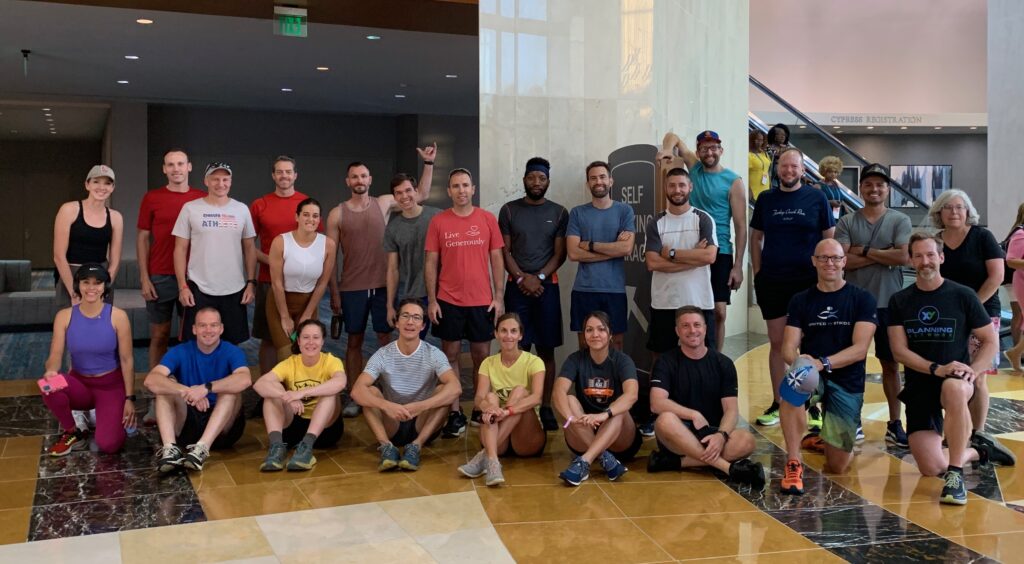
*attended other meetups—this is Lee Huffman’s meetup for his podcast “We Travel There”.
.
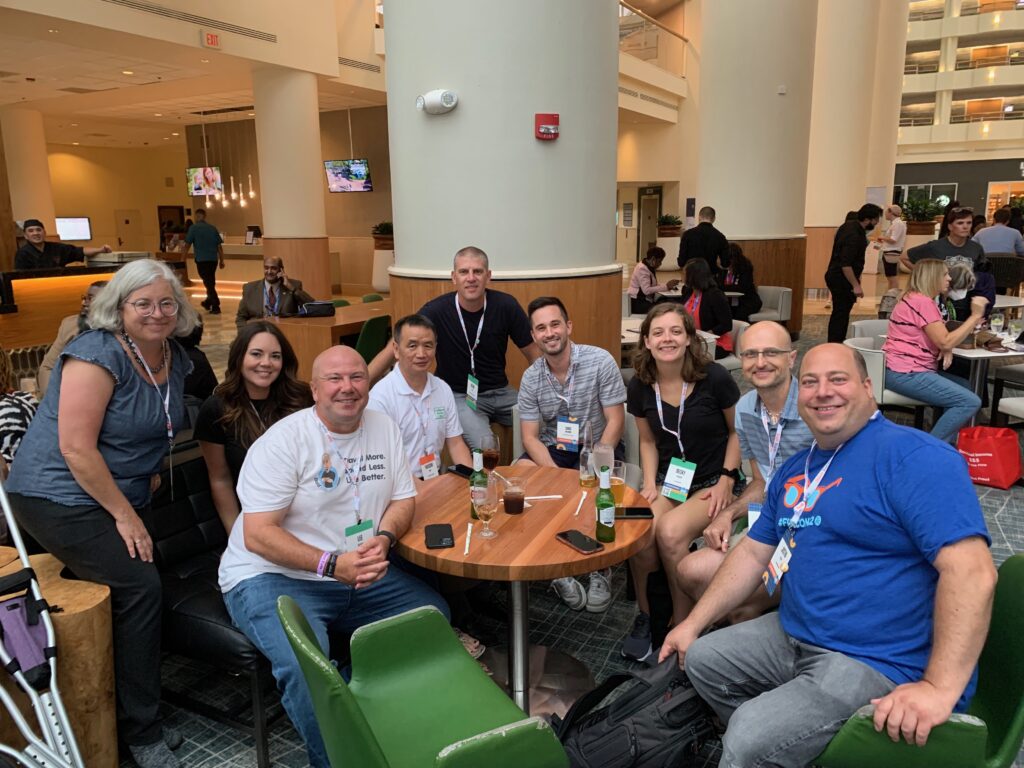
*meeting ”Teach My Teen About Money” podcast guests. I had not yet met most in person.
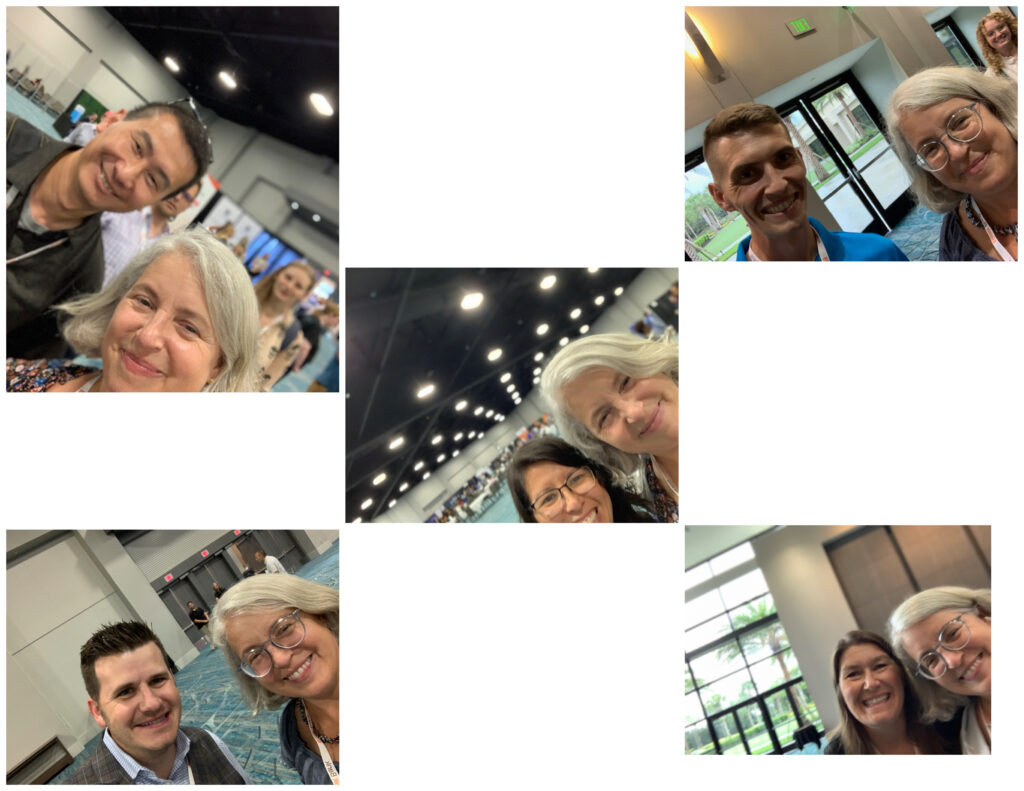
*Meeting with a mastermind (FinCon staff placed conference-goers in mastermind groups) several times. Great conversations!
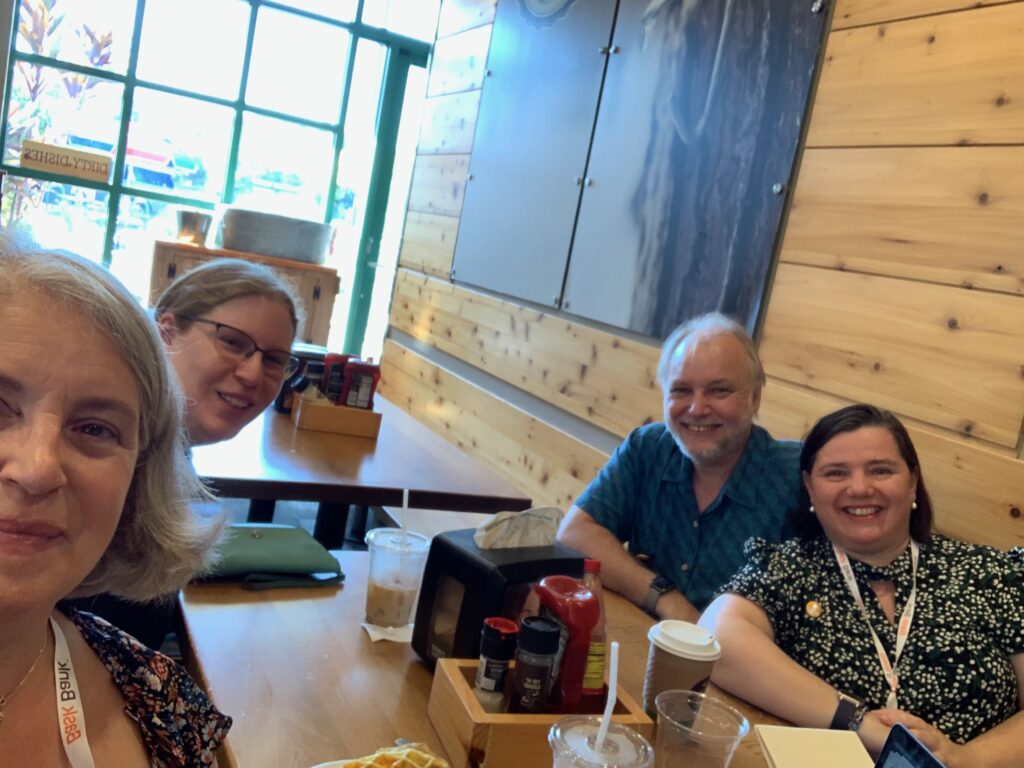
*meeting interesting people, including several clients and, such as an optometrist turned real estate investor; someone who got his MBA at Oxford (#goals), and Katie of Katie Goes Platinum, a gray-hair content creator.
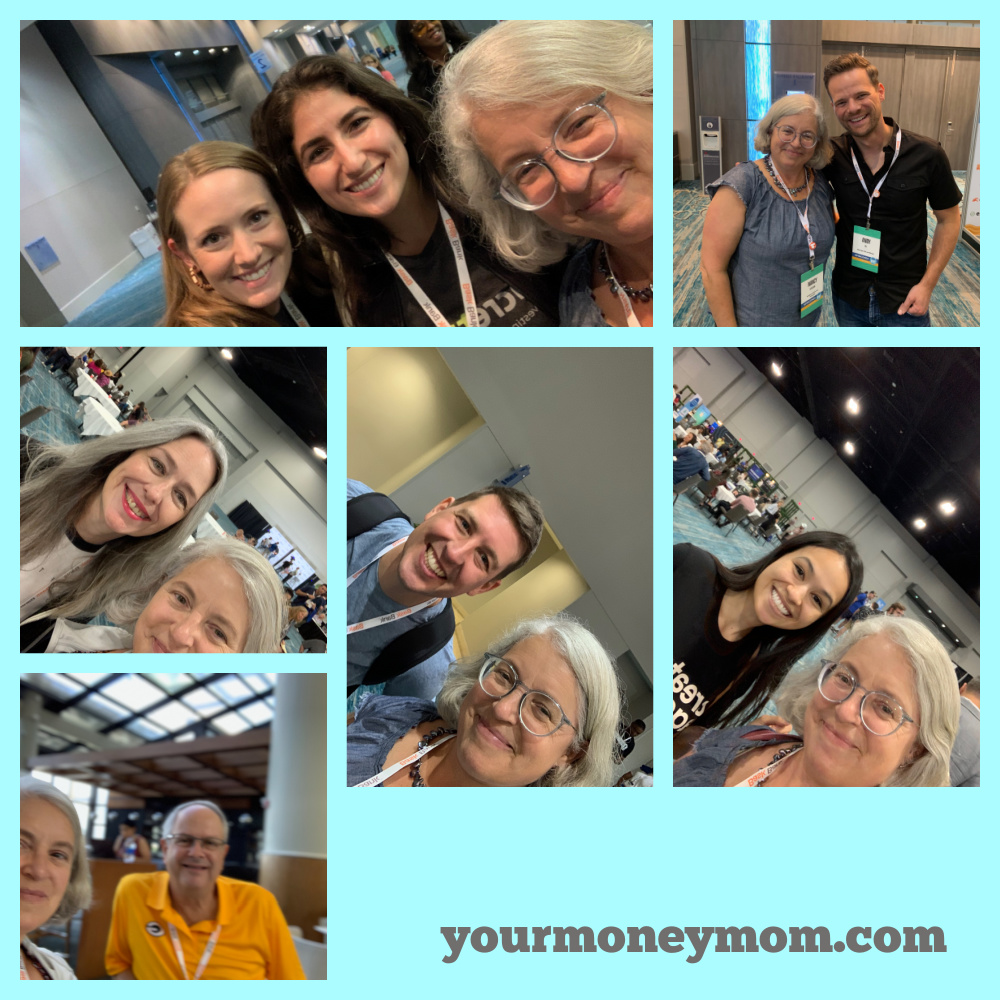
There are also things I didn’t accomplish, and I want to work on in future:
*connecting more on LinkedIn with people I met.
*having more one-on-one conversations. It happened for me serendipitously, but I will prioritize it even more.
And so much more.
Did you attend FinCon 2022? What did you think of it?

